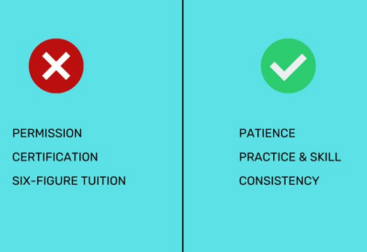
Kubernetes volumes play a critical role in persistent data storage and management for containerized applications. They come in various forms and serve different purposes, mainly focusing on the lifecycle of the data they hold and how they are accessed.
Volumes in Kubernetes
A volume in Kubernetes is an object that allows a container to store data at the pod level. It’s created and managed by Kubernetes, providing a way for containers to access a filesystem outside themselves. This is crucial for applications like databases that need to preserve state across container restarts.
However, it’s important to note that the lifecycle of a Kubernetes volume is tied to the pod that hosts it. If the pod disappears, the data in its volume is lost, for long-term data retention, we need to use Persistent Volumes.
Persistent Volumes (PV)
A Persistent Volume (PV) is a cluster-wide resource that you provision or is dynamically provisioned to represent durable storage in a cluster. Unlike volumes, PVs are not tied to the lifecycle of any individual pod. They are created and managed independently from pods, which means the data on a PV persists beyond the life of any given pod.
Persistent Volume Claims (PVC)
A Persistent Volume Claim (PVC) is a request for storage by a user. It is similar to a pod in that pods consume node resources, while PVCs consume PV resources. They allow a user to abstract the details of how the storage is provided and how it’s consumed. When a user requests a PVC, Kubernetes finds a suitable PV and binds them together, ensuring that the PV is not available to other PVCs.
Access Modes
PVs and PVCs have access modes that define how they can be used:
ReadWriteOnce(RWO): The volume can be mounted for read-write operations by a single node. This is suitable for single-pod applications that need persistent storage.ReadOnlyMany(ROX): Multiple nodes can mount the volume for read-only operations. This is ideal for serving static content that does not change across multiple pods.ReadWriteMany(RWX): The volume can be mounted for read and write operations by many nodes simultaneously. This is useful for applications that require shared storage accessible by multiple pods.
Conclusion
Understanding volumes and their lifecycle is key to managing stateful applications in Kubernetes. While a non-persistent volume’s lifecycle is tied to its pod, a PV exists beyond the lifecycle of a pod, and a PVC is a way for a pod to use a PV. Access modes further define how these storage objects are utilized, ensuring data is accessed in a way that makes sense for your application’s architecture.
,





